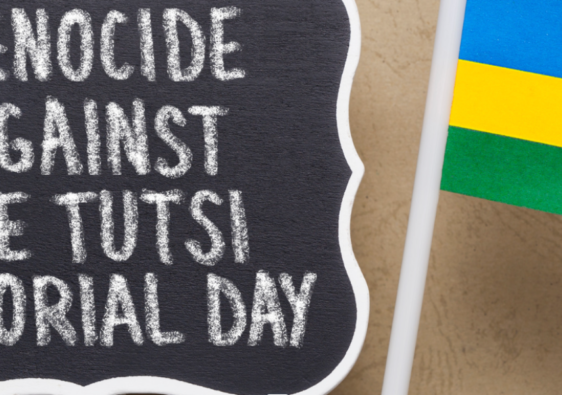If the Harris/Walz ticket were to win in November, Minnesota’s Lt. Gov. Peggy Flanagan would become the nation’s first female Native American governor
Presidential candidate Kamala Harris named Minnesota Gov. Tim Walz as her running mate. If they were to win, Minnesota’s Lt. Gov. Peggy Flanagan, a Democrat like Walz, would become the governor of the state, making her the nation’s first Native woman governor, and Minnesota’s first female governor.
Lt. Gov. Flanagan, age 44, is Minnesota’s 50th Lieutenant Governor, a member of the White Earth Band of Ojibwe and currently the country’s highest-ranking Native woman elected to executive office, according to her official bio. She is also the first Indigenous woman to lead the Democratic Lieutenant Governors Association.
Flanagan was born and grew up in St. Louis Park, Minnesota, a suburb of Minneapolis. Her father was Marvin Manypenny, a Native American activist who died in 2020. Manypenny “was unafraid to speak up and speak truth to power,” said Lt. Gov. Flanagan at the time. “The thing he instilled in me … is we need to know and assert our rights.” Her mother, Patricia (”Pat”) Flanagan, was also active in politics, having worked on the Hubert H. Humphrey campaign for president in 1968. Pat raised her daughter as a single mother, and, according to her obituary, considered herself a devoted “Matthew 25 Catholic” (that’s the parable of the Ten Virgins) and “DFL,” or member of the Minnesota Democratic-Farmer-Labor party.
Lt. Gov. Flanagan earned her bachelor’s degree in American Indian studies and child psychology from the University of Minnesota in 2002. While she was still in college, she began working on Paul Wellstone’s 2002 U.S. Senate campaign. (He never completed that campaign; he died in a plane crash on Oct. 25, 2002.) Her first job out of college was at the Greater Minneapolis Council of Churches’ Division of Indian Work, where she did outreach between families and the Minneapolis school system.
In Flanagan’s first election, she ran for the Minneapolis Board of Education, where she served from 2005-2009. She then went on to work at Wellstone Action, the organization named after the late DFL senator, where Flanagan spent eight years training candidates how to run successful campaigns. She even trained Tim Walz, who went on to flip a red U.S. House seat, leading to six terms of service in the U.S. House of Representatives.
In 2015, a vacancy opened up in the Minnesota House and Flanagan ran unopposed as the mid-term vacancy replacement candidate. She won again in 2016. The following year, she created Minnesota’s first People of Color and Indigenous (POCI) Caucus with fellow legislators.
In 2018, she and her running mate, Tim Walz were elected as lieutenant governor and governor. They were re-elected in 2022. The center of her work as lieutenant governor, she says, is “making progress for children, working families, communities of color and Indigenous communities, and Minnesotans who have historically been underserved and underrepresented.” She led out in establishing the nation’s first Missing and Murdered Indigenous Relatives Office and in 2021, she and Gov. Walz held a ceremonial bill signing with tribal leaders to affirm the relationship between the Minnesota state government and tribal governments. “For far too long, state government has not worked with or for Native people — the Governor and I are committed to changing that, for the long term,” Flanagan said at the time.
If the Harris/Walz ticket were to win, and Lt. Gov. Flanagan were to become the governor, the Minnesota Constitution specifies that the Lt. Gov. is to be the President of the Senate. Currently, that is Senator Bobby Joe Champion. If he were to step in as lieutenant governor., he would become the first Black Lt. Gov. in Minnesota history.
First published in the Deseret News



